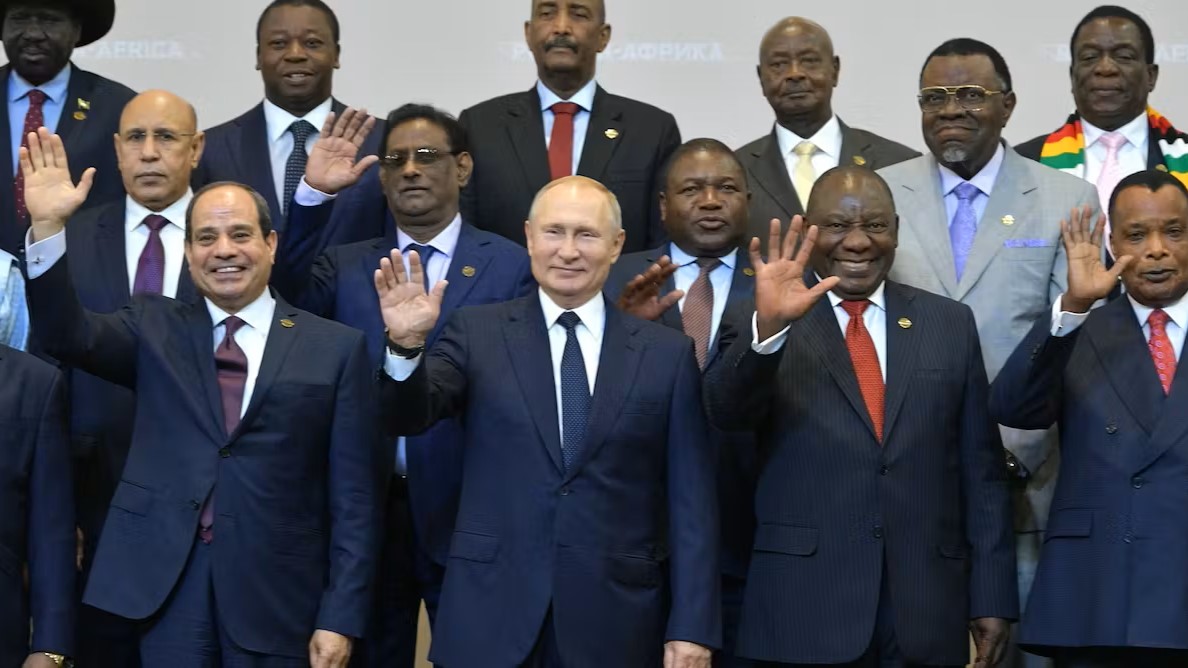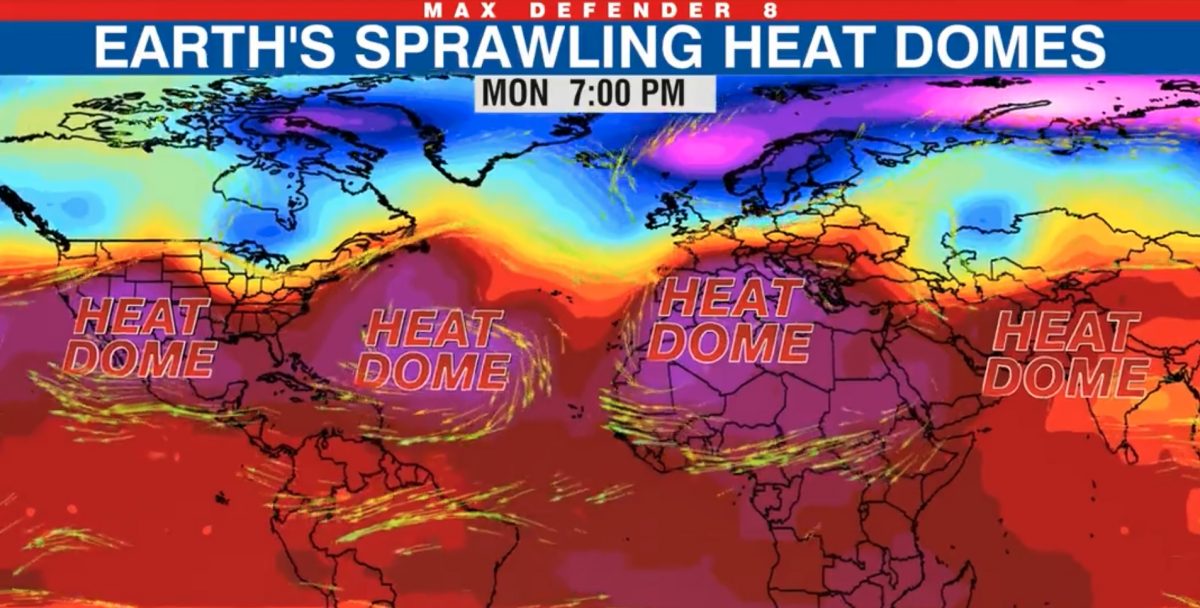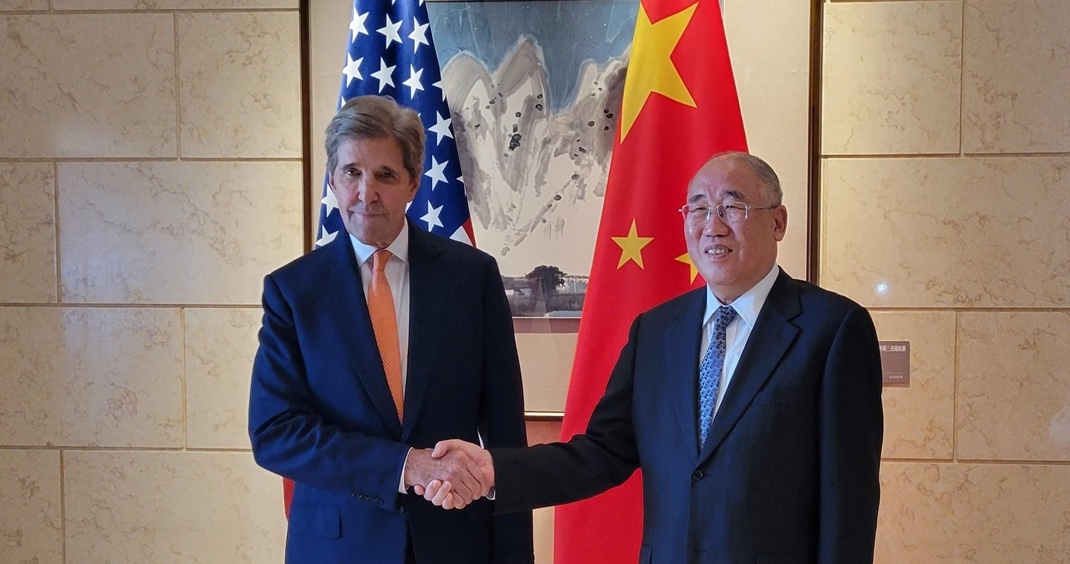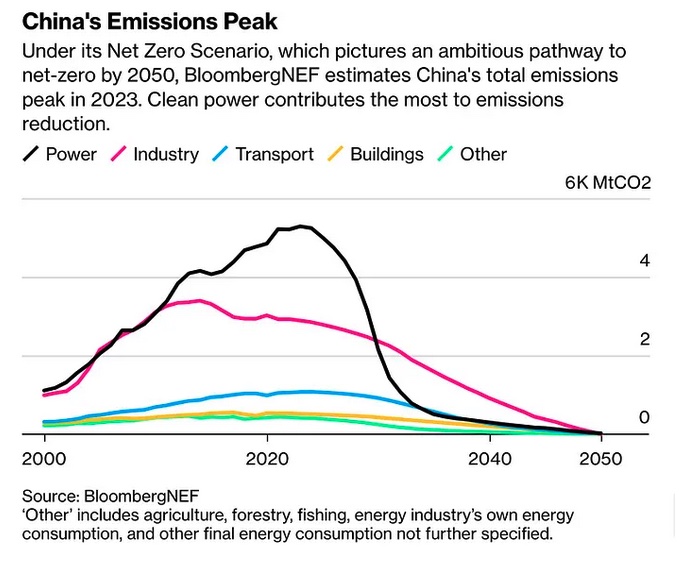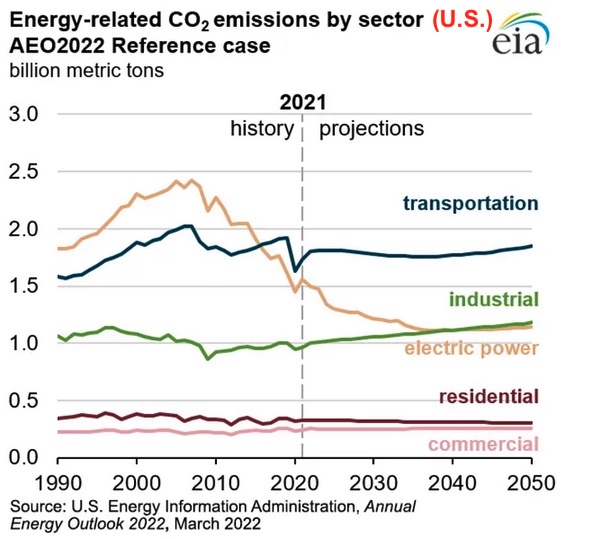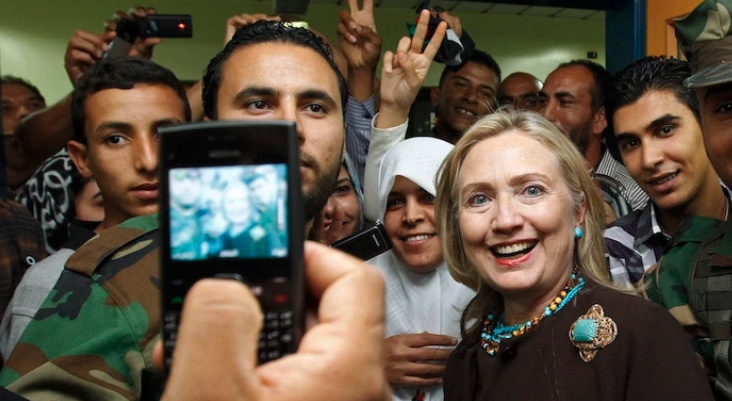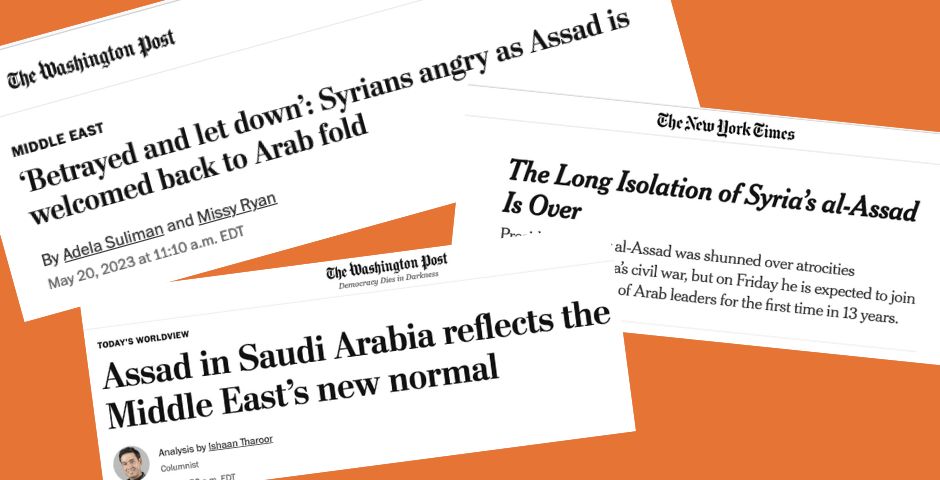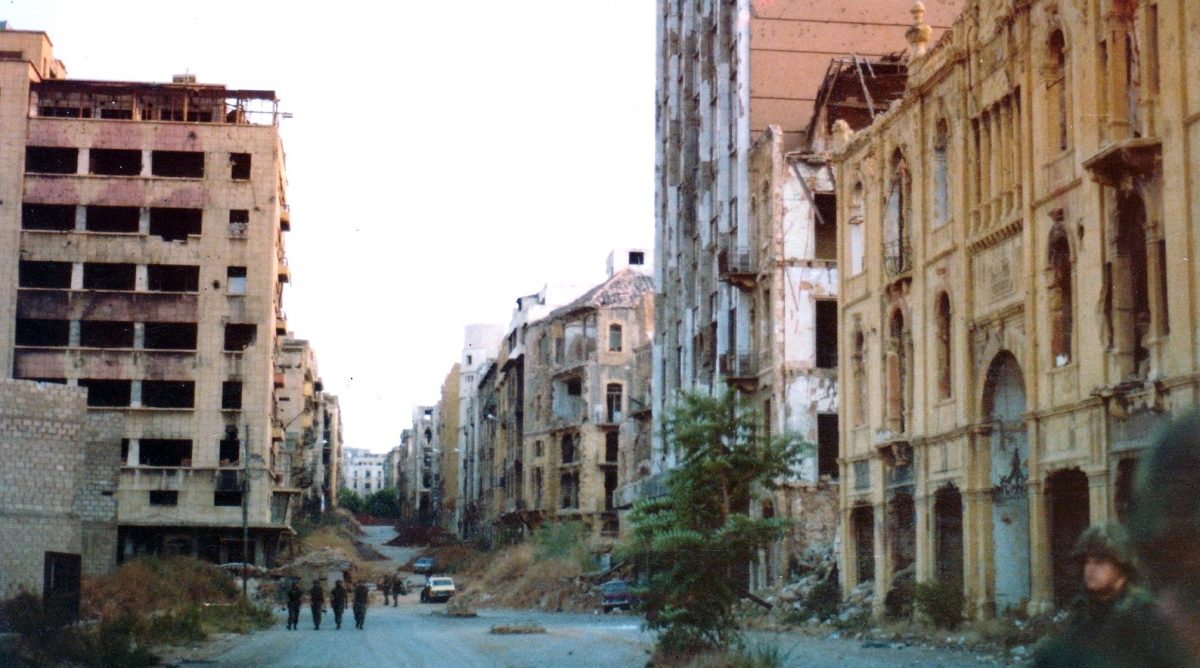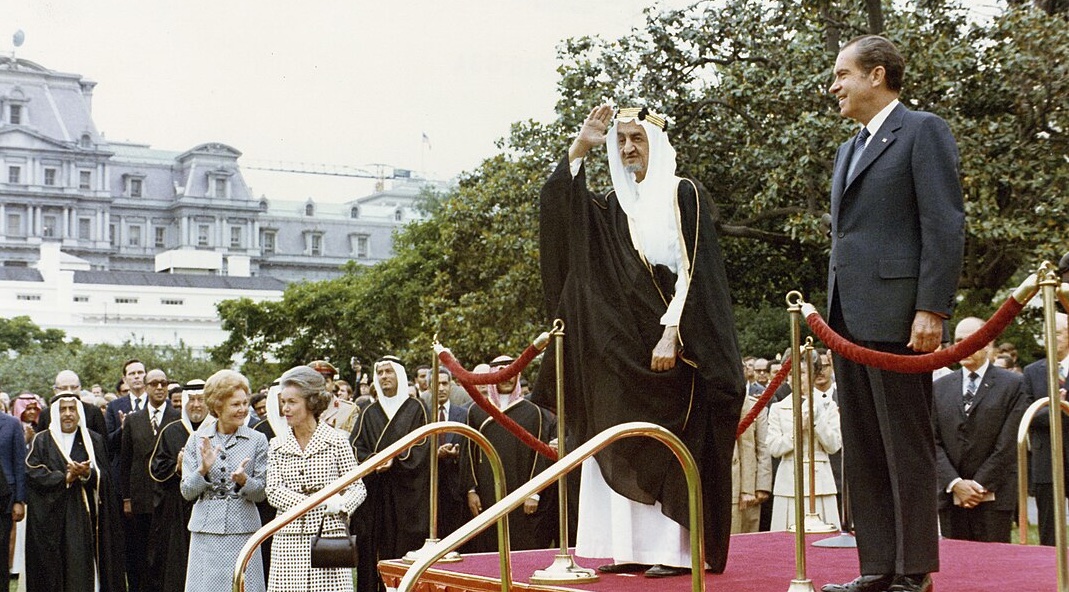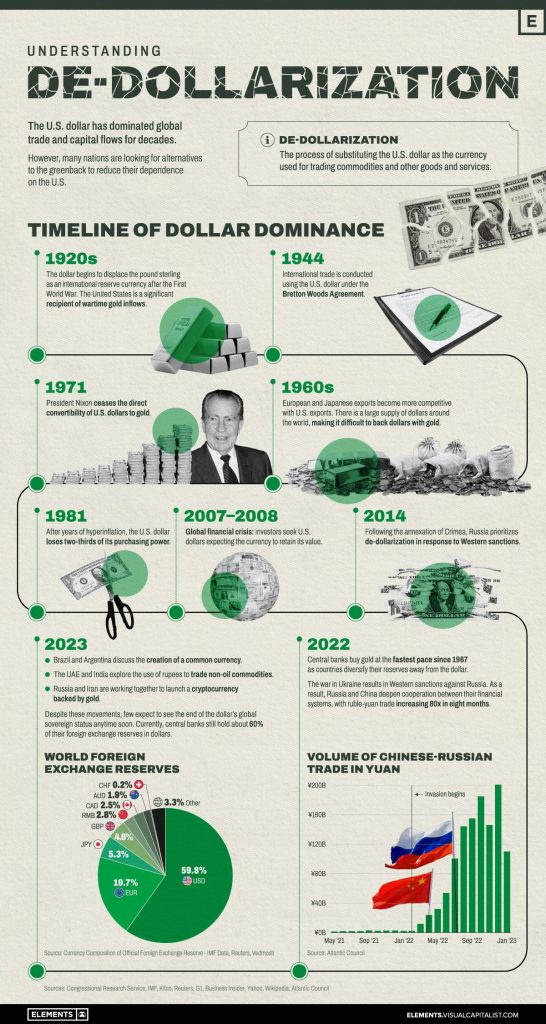Above: Pres. Putin poses with some of the African leaders who attended the Russia-African summit he hosted this past week
Biden administration officials and their supporters have long claimed that the conflict in Ukraine is a clear-cut contest between “democracy” and “authoritarianism” that affects the whole world… and that on that basis the countries of the Global South should line up to support NATO’s campaign against Russia. One big recent version of this argument has been the claim that Russia’s refusal to renew the agreement allowing Ukraine to export grain via the Black Sea is raising grain prices and preventing much-needed foodstuffs from reaching hunger-struck countries in Africa…
But the campaign to win global support for NATO’s anti-Russia crusade has never been very successful. Recall that in the three votes Washington initiated at the UN last year to denounce Russia’s actions inside Ukraine (e.g., 1, 2), three dozen countries including global behemoths China, India, and three dozen other countries failed to support the “Yes” vote.
And just this past week, the proceedings of key gatherings held in South Africa and Moscow have underscored the extent to which the “West” has lost the support of that large majority of humanity that lives in the formerly colonized countries of the Global South. (If indeed, it ever had it… Perhaps a better description of what’s been happening in recent months is that the West is now revealing itself as incapable of imposing its will on the countries of the Global South. More on this, later…)
So what happened at these two recent gatherings?
Continue reading “Global South resists Washington’s anti-Russia campaign”
